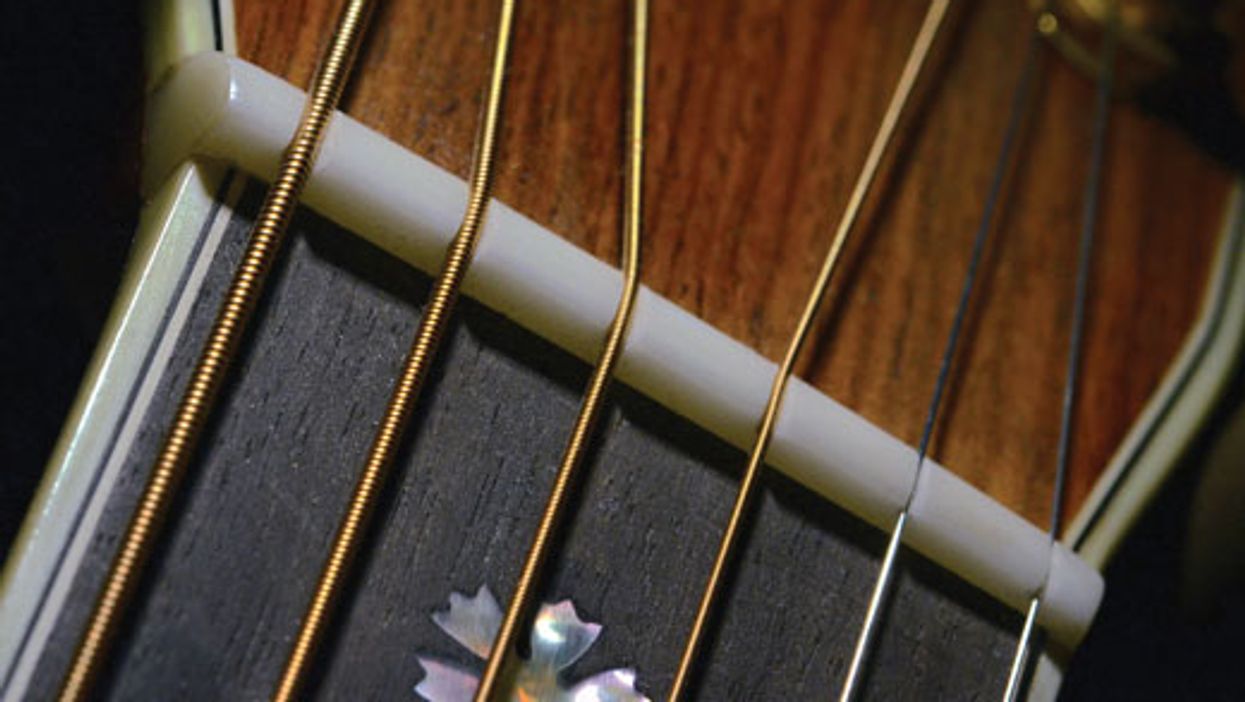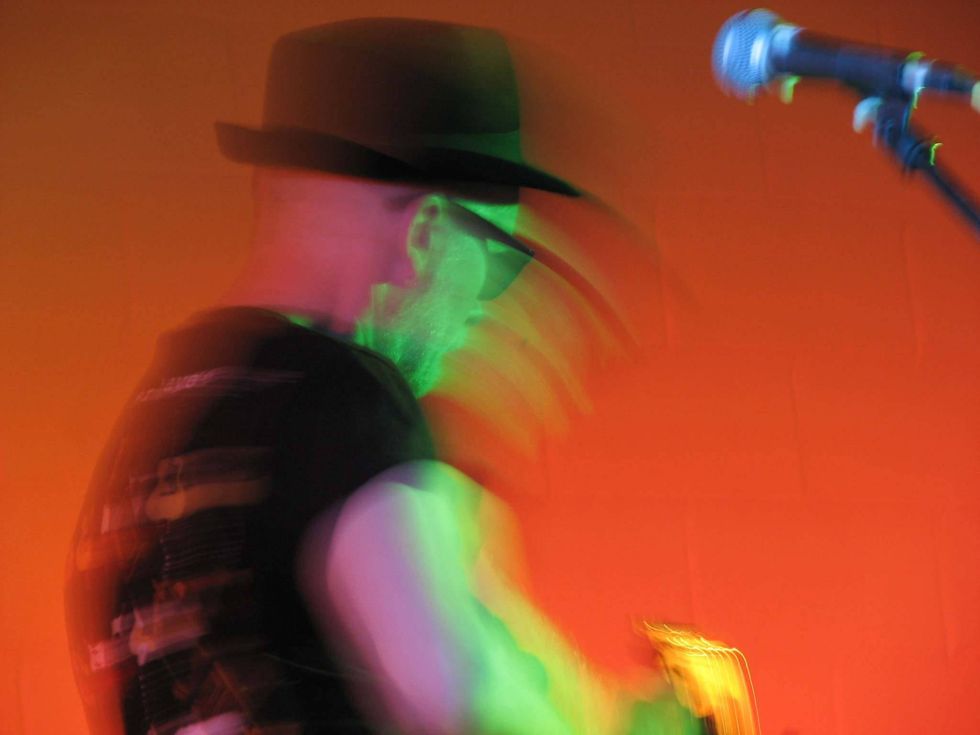Why do we bond with certain instruments? Sometimes coming to terms with a guitar can be a protracted courtship, yet we feel that the struggle is worth the wait. Those guitars might have exceptional tone, or look great in the mirror (admit that you look in the mirror), or are used by a guitarist whose sound you admire. Still, it can feel like work.
There are other times you pick up a guitar that is so comfortable to play that you bond with it immediately. It might be a color you don't like or a brand you don't identify with, but this new best friend feels like forever from the first note. It's not a matter of tone or cosmetics, but rather the way it feels. You just play better. So, what makes a guitar a great-playing instrument?
From a technical standpoint, many instruments have almost interchangeable specifications, yet they behave totally differently. Some aficionados point to tonewoods or weight, but that's not the whole picture. It often comes to setup, but not just string action. While the action certainly plays an important part, it's a combination of factors. Some are easily manipulated, but others are overlooked because they are a bigger challenge to get right.
Close to the edge. One of the most important aspects of setup is string spacing, and it's actually more complicated than you might think. Although the total width of the fretboard determines the outer limits of string spacing, there's flexibility close to the edge. Depending on your fingering technique, you may require more or less space between the outside strings and the end of the frets. Some players are hampered by a short runoff area and find the 1st or 6th strings slipping off the end when playing certain chords. In that case, you'll feel more comfortable when the setup positions the outside strings inward a bit more than usual. This, of course, squeezes the distance between all of the strings, which can make the playing a little cramped. Wider fretboards accommodate this type of setup better than narrow ones, which is why some guitarists feel at home on instruments with a nut width of 1 11/16" or more.
For more typical-width fretboards, you can choose which outside string gets some extra space. If you find that the 6th string is falling off the fret on certain chords or riffs, you can re-cut a new nut to favor the low string by moving it inward a little bit. If you are unsure how much change you need, try this: Reach your right hand over your fretting hand, move the 1st or 6th string inward slightly with your right thumb, and hammer with your left to see if that fixes the problem. Chances are it won't take much to see if it improves the situation.
Sensitivity training. Your fretting fingers are very sensitive devices, so even a few thousandths of an inch change in location can make a difference you can feel. This ability of our fingers to detect minute changes brings up a whole world of small adjustments that can make or break the feel of your guitar. Probably the biggest factor is how the string spacing is divided up at both the nut and the bridge.
There are three schools of thought when it comes to arranging strings: center-equal, edge-equal, or progressive. Center-equal is the most obvious, and it involves spacing the six strings equally by using the centerline of each string as the measurement. There are gauges for this sold by guitar-parts vendors online, because it's the easiest and most widely used technique.
The second type is called string edge-equal, because it assumes your fingers actually feel the space between the strings, as opposed to the center of the strings. In this spacing, it is the distance between the outside edges of the strings that are made equal. Because strings are different thicknesses, this method results in the center of each lower string to be further away than the one before. The downside is that different gauge sets will need different spacing, which makes it a difficult task to change sets, but it's a small price to pay if this spacing suits your style.
The third way to place the strings is just as the name suggests: a progressively larger gap between strings in the opposite direction from the edge-equal technique. This places the high strings successively further apart than the low ones. I suppose the thinking here is that more bending and complex fingering occurs on the higher strings. I'm not sure if I buy this, but there are players and builders who swear by it.
Each time you play an instrument, make note of which method was used and how you like the feel. After a while, you'll know if you prefer one more than the others. It might be a way to resurrect an instrument you didn't jell with at first, meaning the honeymoon can begin anew.











![Rig Rundown: Russian Circles’ Mike Sullivan [2025]](https://www.premierguitar.com/media-library/youtube.jpg?id=62303631&width=1245&height=700&quality=70&coordinates=0%2C0%2C0%2C0)








